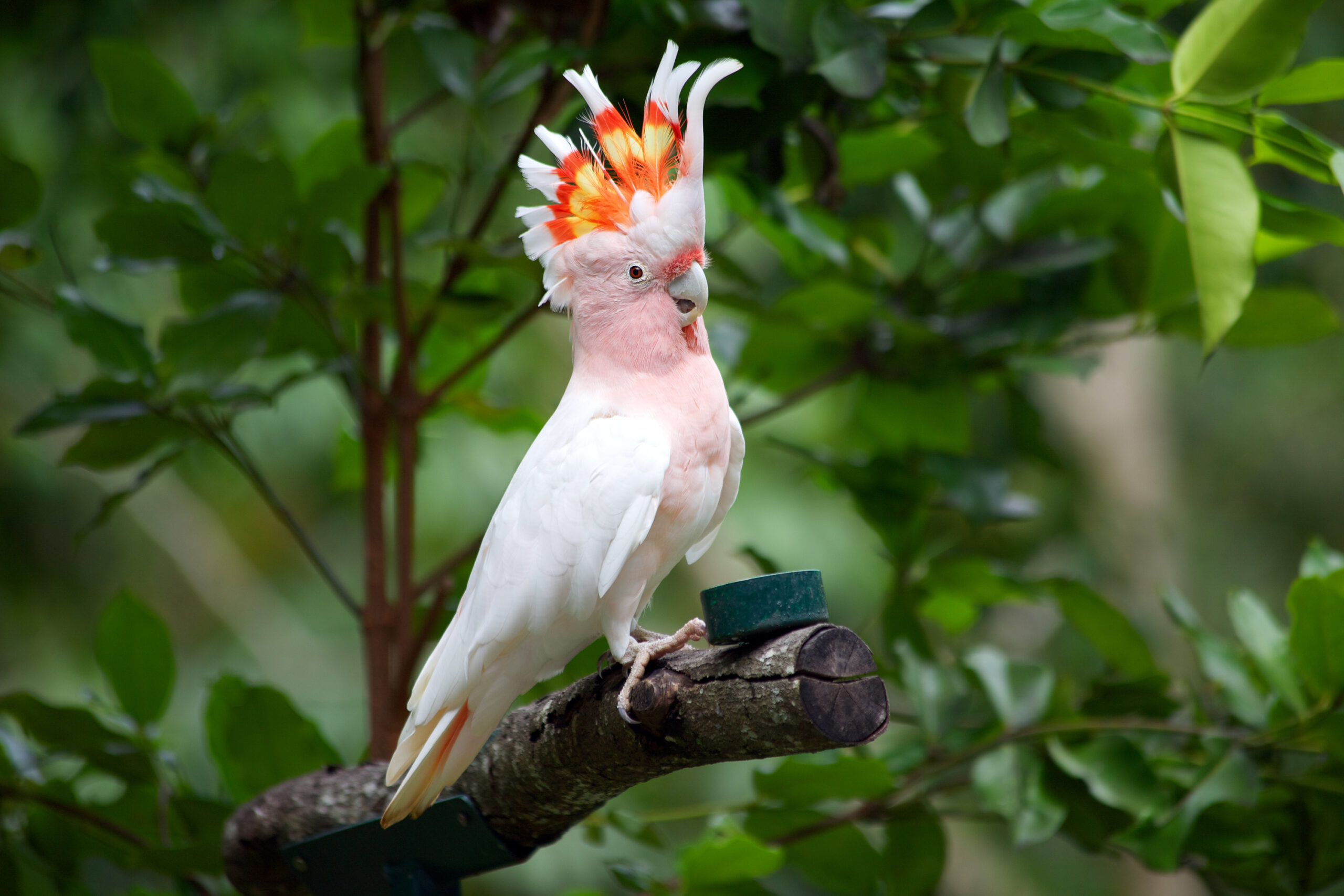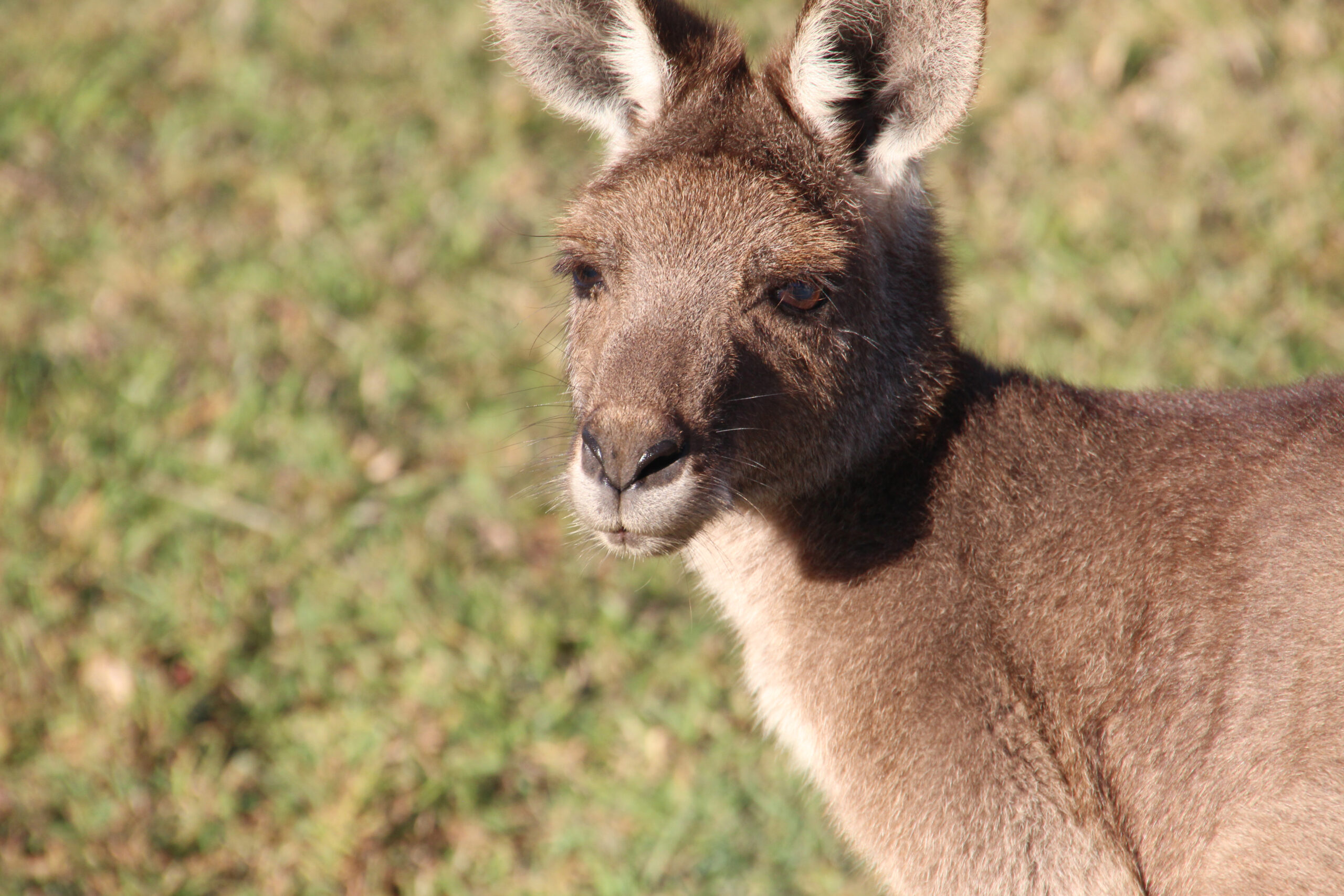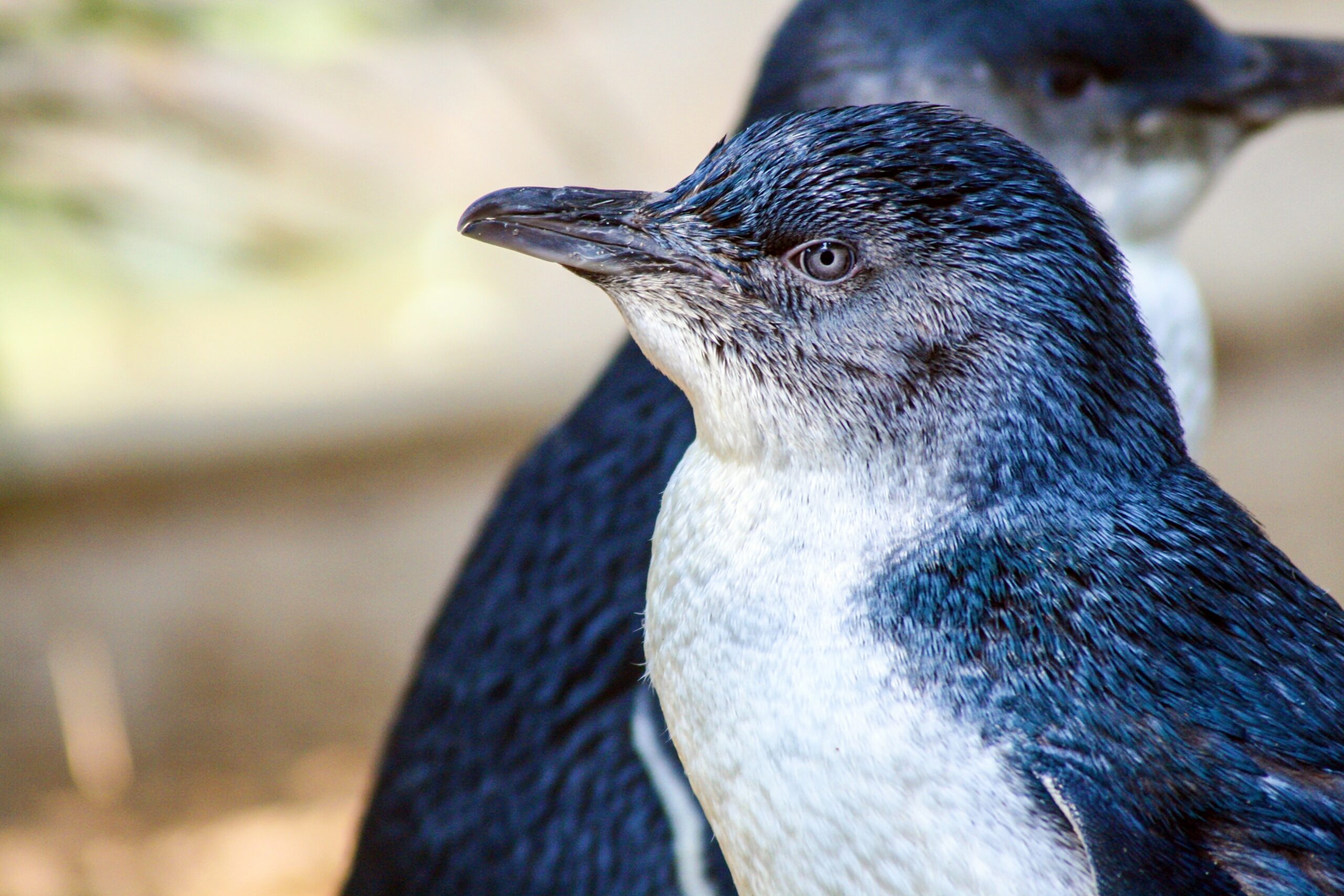| Common name | Coastal taipan |
| Scientific name | Oxyuranus scutellatus |
| Type | Reptile |
| Diet | Rats, mice, bandicoots and birds |
| Average lifespan | Captive snakes are known to live for 10–15 years |
| Size | On average grow to about 2m long |
As the name suggests, the coastal taipan has highly toxic venom, although it’s not quite as potent as that of its famed cousin, the inland taipan, which has been famously labelled “the most venomous snake in the world”. The coastal taipan, however, is considered far more deadly to humans, having been responsible for the death of many people, including possibly five in Australia since the mid-1950s development of an effective antivenom. Before the development of the antivenom, a taipan bite meant certain death.
To put things into perspective, the coastal taipan is considered to have the third most toxic venom of any of the world’s land snakes, but what contributes to its reputation as being more dangerous than its inland cousin is that it’s found in areas where more people are likely to come across it.
It’s a tropical and sub-tropical species that occurs in coastal habitats along northern Western Australia and the Northern Territory, right along the Queensland coast and down as far as the northern New South Wales town of Grafton. It lives in a range of vegetated habitats from monsoon forest and dry sclerophyll woodlands to open grasslands. It does particularly well in sugarcane fields, where it thrives on introduced rodents.

This is a huge snake species – at least in terms of length. In fact, it’s Australian longest venomous snake. Although it’s rarely seen longer than 2m, the species can grow to well over 3m in length, particularly males, which are slightly larger than females.
Coastal trapians are mostly a day-active predators that rely on their sharp eyesight to locate prey, but in very warm conditions they will also hunt at night.
The word taipan comes from the name used for these snakes by the Wik Mungkan people of the west coast of Cape York Peninsula, in Far North Queensland.





